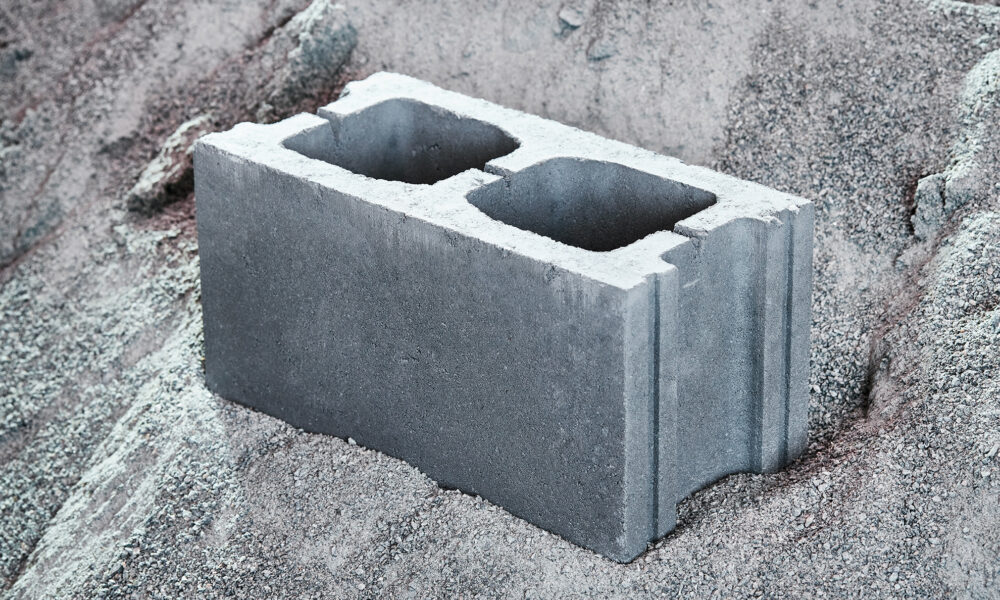As McGill students, we might not find the sidewalks we walk on during our daily walks to class particularly interesting. And yet, concrete is a major pillar of our society—quite literally. Its use and production affect our lives in innumerable ways. The construction industry uses more concrete than any other material on Earth. Society depends on it, from constructing skyscrapers to paving sidewalks.
However, with the universal necessity of concrete comes a steep environmental cost. Its rigid construction amplifies the effects of floods, leaving pools of water on our streets and sidewalks. By some estimates, concrete is responsible for four to eight per cent of CO2 emissions. Water is also an integral component in concrete production, depleting this valuable resource in regions that need it most.
CarbiCrete, a concrete technology company based in Montreal, has an interesting approach to limiting the negative impacts of concrete use: They produce carbon-negative concrete. In other words, the company’s method of production not only limits carbon dioxide emissions, but also captures carbon from the atmosphere during the process. Along with water, a mixture of aggregates—like sand and gravel—make up concrete with cement binding everything together. CarbiCrete licenses their technology to concrete producers, who then implement it in their production process.
“Typically, in the cement-based process, you take aggregate, water, cement; you mix those together. You mold them into whatever product it is you want to create. And then you cure the product with either heat or steam,” Yuri Mytko, CarbiCrete’s Chief Marketing Officer, said in an interview with The Tribune. “With our process, we replace the cement with steel slag [a by-product of the steel smelting process] […] but then when it comes to curing, we cure our products with carbon dioxide.”
This process simultaneously recycles a by-product of the steel industry and, during the curing process, uses carbon dioxide that likely would have been released into the atmosphere. Incorporated in 2016, the company first brought its technology onto the market this September. They are working to license their technology with established concrete companies and expanding their operation.
“We’re constantly being inundated with requests […] there is a lot of interest. Our focus has really been on standing up this one facility in Drummondville. Basically, we had a pilot project set up at their facility that has essentially been turned into a commercial operation,” Mytko said.
With CarbiCrete up and running and growing their business with investors, The Tribune spoke with Mette Bendixen, assistant professor in McGill’s Department of Geography, to better understand what issues the industry of concrete production still needs to address.
According to Bendixen, the aggregates that are mixed with cement or, in the case of CarbiCrete, with steel slag, opens up a whole new can of worms centred around another seemingly inconspicuous resource: Sand. Although most people do not think of sand as a critical substance, it is the most mined resource on Earth, and sand excavation is eroding ecosystems worldwide. Demand for it has even resulted in “sand mafias”—individuals vying for control and profit in the sand trade. Its scarcity has also forced countries such as the United Arab Emirates to import sand from other countries, including Belgium.
“[Sand excavation] naturally erodes the river banks […] meaning that we have houses falling into the rivers. It has huge consequences when you start digging that sand,” Bendixen said.
Bendixen noted the carbon negative aspect of the technology, but also highlighted the lack of green initiative with regard to the aggregates used.
“What might be lacking in that story […] is are they even addressing this point about aggregates. Is that something that’s considered?,” Bendixen asked.
As CarbiCrete further establishes itself in the construction field, with interest in the company increasing exponentially, it will be important to address other areas of concrete production according to Bendixen. Of course, CarbiCrete has brought about a brilliant new technology. It will need to take more initiatives that are equally as forward thinking, however, to address the other issues our environment faces, even in industries as superficially ‘boring’ as sand.








